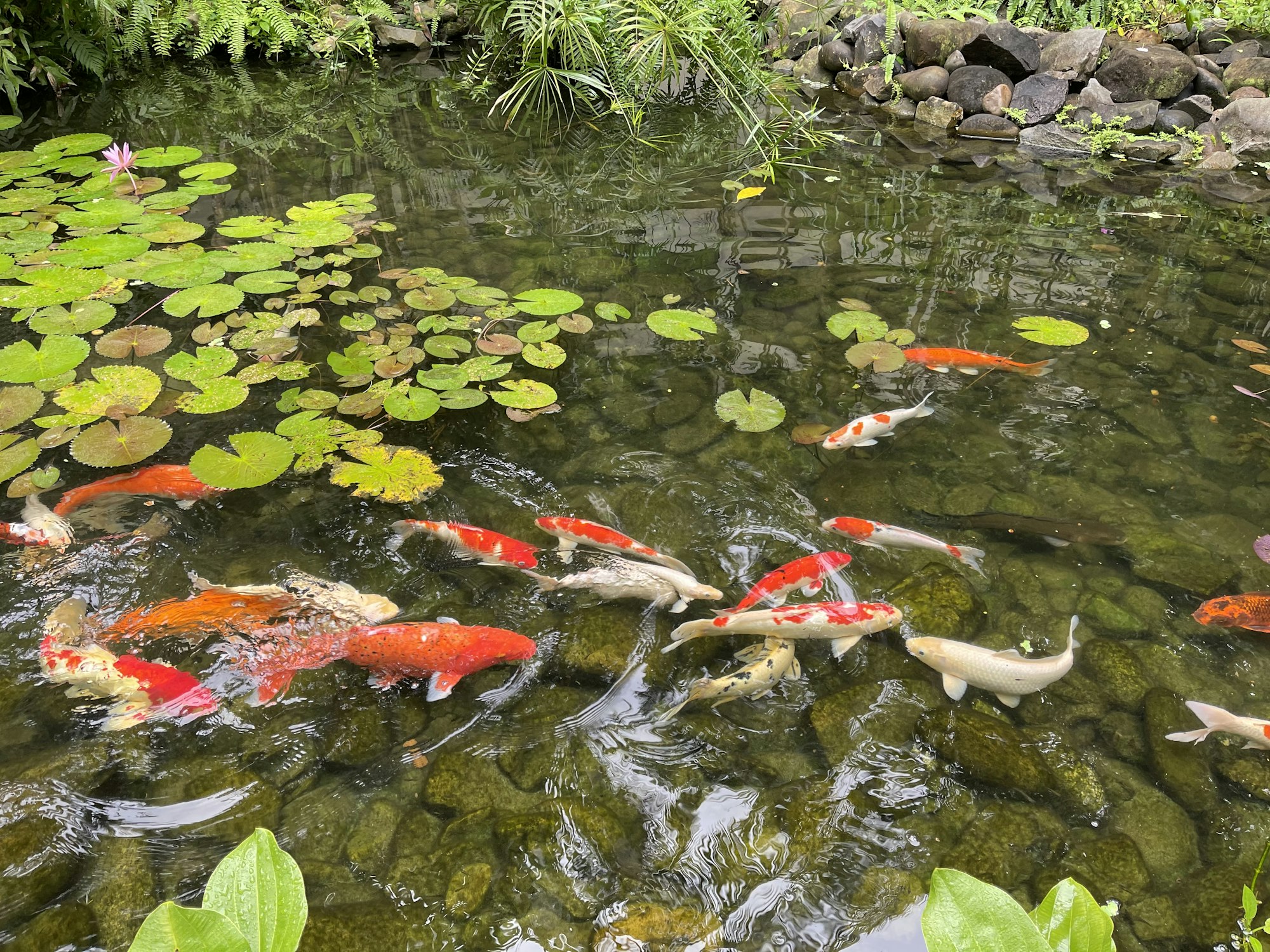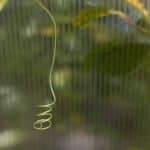The lure of a Japanese Koi pond is irresistible for garden enthusiasts. The serene presence of a pond filled with visually striking Koi fish complements the tranquility of any garden. However, integrating a Koi pond into your garden is not a task to be taken lightly. It requires meticulous planning, proper maintenance, and an understanding of how to keep the pond’s ecosystem balanced. One of the most significant challenges that you may face is protecting your Koi fish from predators. In this comprehensive guide, we will delve into the steps of successfully assimilating a Japanese Koi pond into your garden while ensuring the safety of your fish.
Choosing the Right Location for Your Pond
When planning to add a Koi pond to your garden, the first step is to choose the right location. The area should provide a balance between sunlight and shade, as too much exposure to the sun can lead to an excess of algae. Conversely, excessive shade can hinder the growth of aquatic plants that help keep the water clean.
Also read : What Are the Best Strategies for Watering Indoor Plants While on Vacation?
To prevent predators like raccoons and herons from reaching your Koi fish, avoid locations near trees or high structures from which they can easily access the pond. The area should also be easily visible from your home’s windows to allow for regular supervision.
The size of the pond will also play a crucial role. A larger pond not only enables better movement for your Koi but also makes it more challenging for predators to reach the fish. A depth of at least three feet is recommended to provide a safe haven for the Koi.
Also to discover : What’s the Best Method for Child-Proofing Antique Furniture in a Heritage Home?
Creating a Balanced Ecosystem
Introducing a balanced ecosystem into your pond is not only beneficial for your Koi, but it will also help in maintaining the water quality. Aquatic plants will aid in oxygenating the water and reducing the growth of harmful algae.
Plants like water lilies and lotus not only beautify your pond but also provide shade for the fish. They also offer hiding spots for your Koi, making it difficult for predators to spot them. Submerged plants, like hornwort and anacharis, help in oxygenating the water and keep it clean.
Integrating a waterfall or a fountain into your Koi pond is another effective way to improve the oxygen levels in the water and create a more hospitable environment for your fish. The sound of waterfalls can also serve as a deterrent for some predators.
Feeding and Maintaining Your Koi
Feeding your Koi the right food and maintaining proper feeding habits are crucial to their well-being. Overfeeding can lead to poor water quality and increase the risk of diseases. It’s recommended to feed your Koi only what they can consume in about five minutes, and remove any leftover food promptly.
Regular maintenance of the pond is also essential to ensure optimal health for your Koi. Regular water tests will help you keep track of the water quality. It’s advisable to carry out partial water changes periodically, but avoid a complete water change, as it can stress the Koi and disrupt the ecosystem balance.
Designing Defenses Against Predators
Despite having taken all precautions, you might still find predators eyeing your Koi with interest. To discourage them, integrate features in your pond design that offer additional protection.
Netting is one of the most effective ways to keep predators at bay. It’s important, however, to ensure that the net’s mesh is small enough to prevent predators from reaching through. Moreover, the net should be secured tightly to avoid sagging into the water.
You can also install motion-activated sprinklers around your pond. These devices can surprise and scare away potential intruders. The sprinklers can be adjusted to target specific areas, providing a protective layer around your garden and pond.
Training Your Koi to Seek Shelter
Training your Koi to seek shelter at the sight of danger will further enhance their protection. This can be achieved by feeding them at the same spot daily, preferably near a pond shelter or cave. Over time, the Koi will associate feeding time with that particular spot, and when startled, they are more likely to dart towards it.
Ensuring the safety of your Koi fish takes time and dedication, but with these steps, you can create an inviting Japanese Koi pond that is both a breathtaking addition to your garden and a safe haven for your fish. Remember, the key to protecting your Koi lies in creating a balanced ecosystem, regular maintenance, and thoughtful design.
Adding Protective Features to Your Pond
An important step in ensuring the safety of your Koi fish lies in incorporating protective features into the design of your pond. You can add a variety of features that will not only enhance the aesthetic appeal of your water garden but also deter predators.
One of the most common features for protecting Koi ponds from predators is fish caves or fish shelters. These are underwater spaces in the pond where your Koi can hide when they feel threatened. They provide an excellent refuge for your fish from predators and from harsh weather conditions. When designing your pond, ensure these caves are deep enough and have enough room for all your fish to hide comfortably.
Incorporating water features, like waterfalls or fountains, is another excellent way to deter predators. The noise and motion of the water can confuse predators and keep them at bay. Additionally, these features can increase oxygen levels in the water, contributing to a healthier environment for your Koi.
To further boost the safety of your Koi, consider adding a pond perimeter fence. This can hinder the access of terrestrial predators like raccoons and cats. Opt for a fence that is sturdy and at least five feet tall to effectively keep predators out of your backyard pond.
Conclusion: Creating a Safe Haven for Your Koi
In conclusion, integrating a Japanese Koi pond into your garden without attracting predators requires careful planning and design. You need to ensure the location of your pond is ideal, create a balanced ecosystem, maintain the water quality, and incorporate features that protect your Koi from potential threats.
Remember, the safety of your fish is paramount. Hence, regular supervision of your water garden is crucial. Always keep an eye out for signs of predators or changes in your Koi’s behavior.
The joy of having a vibrant and thriving Koi pond in your garden is worth the effort it takes to protect it. The tranquility, beauty, and the playful display of your fish Koi will be a constant source of delight. With the right approach and consistent effort, your Koi pond will not only become an attractive feature of your garden but also a safe sanctuary for your beloved Koi fish.
By following the steps outlined in this guide, you can successfully create a harmonious balance between the beauty of a Japanese Koi pond and the safety of your fish. Enjoy the serenity of your water garden, knowing your fish are safe and well-protected.






